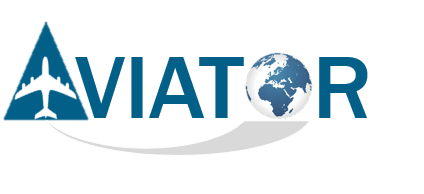Emissions from aircraft have adverse effects on the air quality in and around airports, contributing to public health concerns within neighboring communities. AVIATOR will adopt a multi-level measurement, modelling and assessment approach to develop an improved description and quantification of the relevant aircraft engine emissions, and their impact on air quality under different climatic conditions.
Engine generated Particulate Matter (PM) and gaseous emissions in test-cell and on-wing from an in-service aircraft will be measured to determine pollutant plume evolution from the engine and Auxiliary Power Unit (APU) exhaust. This will provide an enhanced understanding of emitted pollutants, and the scalability between the regulatory test-cell and real-world environments. Specific focus will be on non-volatile PM and volatile PM (down to <10 nm), and volatile PM gaseous precursors.
AVIATOR will develop and deploy across multiple airports, a proof-of-concept low-cost sensor network for the monitoring of ultra-fine particles (UFP), total PM and gaseous species such as NOx and SOx, across airport and surrounding communities. Transport and impact of emissions from aircraft engines and APU will be monitored in this more complex environment through high-fidelity and sensor measurements.
Measurement campaigns will be complemented by high-fidelity modelling of aircraft exhaust dynamics, and microphysical and chemical processes within the plume. Inter-connected process models will be applied, providing validated parameterisations of the relevant processes, applicable to standard dispersion modelling on the local scale.
Working with the regulatory community, AVIATOR will develop improved guidance on measuring and modelling the impact of aircraft emissions with specific reference to UFP. Acknowledging the uncertainty surrounding health impacts of UFP, AVIATOR will work with the public health community to develop methodologies for the representative sampling of aircraft emissions. The InCo work programme of AVIATOR will be supported and advanced through a collaboration with the National Research Council of Canada (NRC) and the Ecole de Technologie Superieure. It also has additional international visibility and acceptance through Advisory Board participation of USA, Canadian and Chinese partners.
Airports and regulators will be provided with tools and guidance to improve the assessment of aircraft emissions on airport air quality.


 This project has received funding from the European Union’s Horizon 2020 research and innovation programme under Grant Agreement No 814801
This project has received funding from the European Union’s Horizon 2020 research and innovation programme under Grant Agreement No 814801
